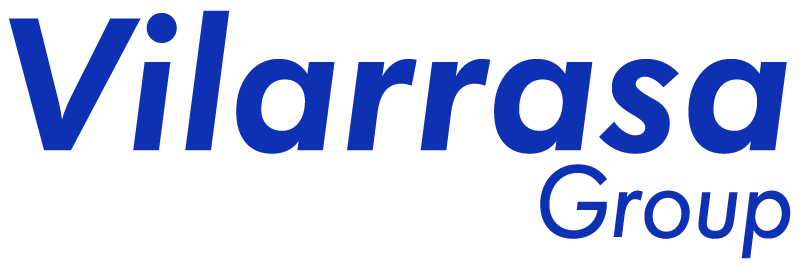In different occasions, we find ourselves with the wish to have it all: a high quality product, environmentally sustainable, at a low cost. Achieving all three simultaneously can be challenging due to various factors such as production costs, material choices, and ethical practices. Reason why a truly sustainable material with great performance can’t be cheap. This is what we understand as the “recycling dilemma”.
Here’s a breakdown of each aspect:
- Good Quality:
- High-quality textiles typically involve better materials, skilled labor, and advanced manufacturing processes.
- Quality can also be associated with durability and longevity, reducing the need for frequent replacements and, in turn, contributing to sustainability.
2. Cheap:
- The demand for affordable textiles often leads to cost-cutting measures, such as using cheaper materials and labor.
- Mass production and economies of scale can help reduce costs, but it may come at the expense of environmental and ethical considerations.
3. Sustainable:
- Sustainable textiles prioritize environmentally friendly practices, including the use of eco-friendly materials, responsible manufacturing processes, and reduced carbon footprints.
- Sustainability also extends to ethical considerations, such as fair labor practices and social responsibility.
Achieving a balance between these three elements involves innovative approaches and a commitment to sustainable practices. Here are some strategies that can help address the textile dilemma:
- Material Innovation: Invest in research and development to discover and implement new, sustainable materials that are both affordable and of high quality.
- Efficient Production Processes: Implement energy-efficient and environmentally friendly manufacturing processes to reduce the ecological impact of textile production.
- Circular Economy Practices: Embrace circular economy principles, such as recycling and upcycling, to minimize waste and encourage a more sustainable product lifecycle.
- Transparency and Ethical Practices: Clearly communicate sourcing and production practices to consumers, fostering trust and encouraging responsible choices.
- Consumer Education: Educate consumers about the true cost of cheap and unsustainable textiles, promoting a shift towards more conscious purchasing behavior.
- Regulations and Standards: Governments and industry bodies can establish and enforce regulations and standards to ensure that textiles meet certain environmental and ethical criteria.
It’s important for consumers, businesses, and policymakers to work collaboratively to find solutions that strike a balance between quality, affordability, and sustainability in the textile industry. Sustainable practices not only benefit the environment but also contribute to the long-term success and reputation of businesses in the increasingly eco-conscious market.
At Vilarrasa group, we understand it is vital to be transparent about what it takes to produce a great, sustainable product, and about why it costs more to produce it. Circularity is a journey, not a destination.


